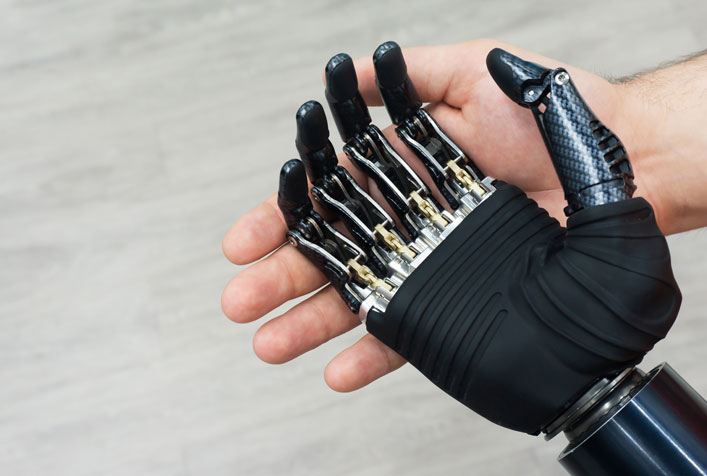Modeling the Cost of Developing a Complex Therapeutic Medical Device for the U.S. Market

Project Brief
The Challenge
The medical product development process is complex and requires collecting safety and effectiveness data to inform regulatory approval for marketing in the United States. In 2016, U.S. spending on medical devices and in-vitro diagnostics totaled 5.2 percent ($173.1 billion) of total national health expenditures, making the U.S. the world’s largest market for medical devices. While there have been efforts to quantify the total cost of bringing novel drugs to the U.S. market, limited work has been done to estimate the investment needed for a novel medical device. The Office of the Assistant Secretary for Planning and Evaluation in the U.S. Department of Health and Human Services asked ERG to analyze this cost.
ERG's Solution
Using public and proprietary sources, ERG developed an analytical bottom-up model to estimate the total cost of bringing a novel complex device to the U.S. market that accounts for the cost of failures (i.e., not successfully completing a given development stage and abandoning development as a result) and the cost of capital. The study is the first analysis of complex device development cost through the post-approval stage to account for capital and failure costs and has the potential to inform policy-making and regulatory efforts to enhance device safety and innovation. The study has also been published in JAMA Network Open.
Client
U.S. Department of Health and Human Services